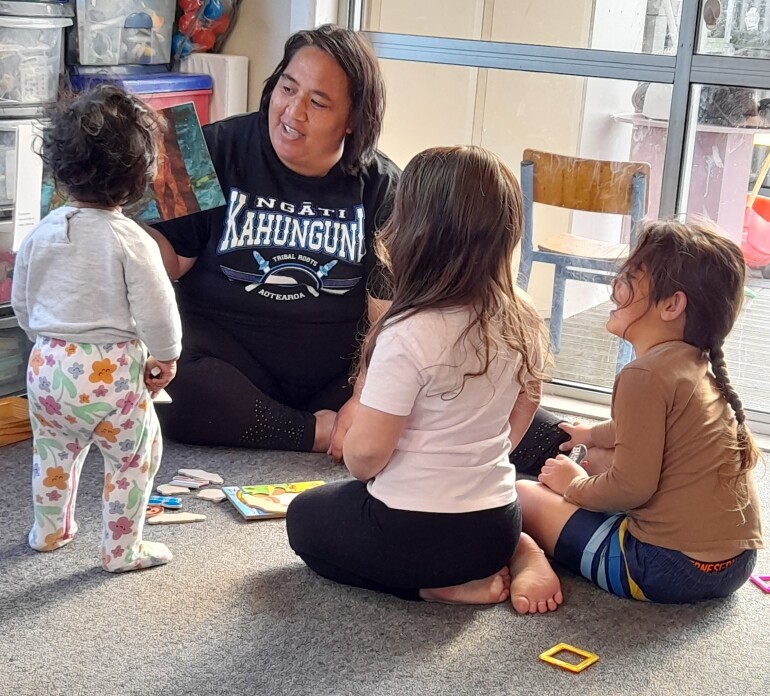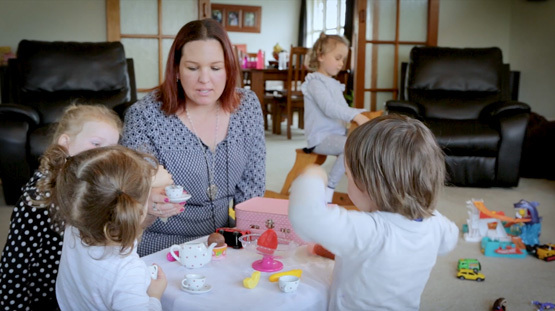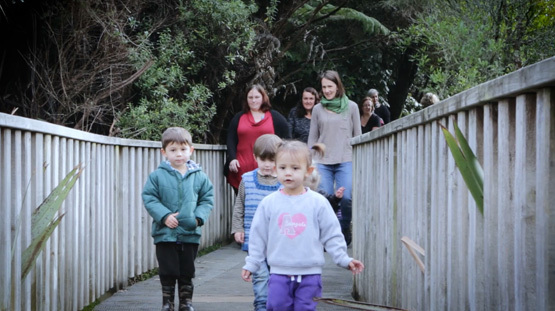News And Events

Storytelling and Reading Interactively with Children
23 February 2025Encouraging confident storytellers
Renowned storyteller and author Vivian Gussin Paley developed a particular sequence of steps to encourage children’s creativity in storytelling. By including storytelling in the curriculum almost daily, children became very confident, adept, and creative storytellers.
The steps are:
- Invite the children to tell their kaiako a story that is then recorded.
- Use particular prompts, such as "I’ll write down what you tell me; I’m ready; how does your story begin?" and “Is there any more to your story?”
- Read the story back to the child with drama and excitement.
- Invite the storyteller and other children to act out the story in a performance space as the kaiako reads it line by line.
Storytelling encourages both receptive language learning (listening and understanding) and expressive language learning (gesture and talk). It is an opportunity for tamariki to learn about performance voices and how voice intonation helps to convey a story.
Here’s some great tips for how to read interactively with children:
- Questioning
This involves asking children questions when reading, to prompt discussion and encourage active engagement. This supports children to answer logically using clues from the book and its context – such as the title of the story – and also to answer creatively and use their imagination.
- Recalling
This involves helping children to make links between the content that they read and hear in stories, and what they remember from other learning.
- Expanding
This key practice involves talking in more detail about new words from stories or rhymes, to expand children’s vocabulary.
- Extending
This involves intentionally using the ideas and themes in books to broaden children’s thinking and support them to talk about concepts from stories.
- Explaining
This involves using different words to explain ideas from books. Teachers can help children to understand difficult-to-grasp concepts when they are reframed slightly differently.
- Retelling
This involves encouraging children to retell stories themselves, in a range of ways. teachers might provide physical props and tools, or encourage dance, art, music, or drama performances to retell stories in new ways.
- Rereading
This involves being intentional about the selection of stories that children can read and hear again and again, maximising opportunities for learning particular oral language skills.
sources: https://www.evidence.ero.govt.nz/media/fsti0den/good-practice-report-oral-langauge.pdf and https://tewhariki.tahurangi.education.govt.nz/understanding-oral-language/5637169435.p
Coming up in our next blog . . . read about the benefits of bilingual and multilingual learning and how we can support whānau.


